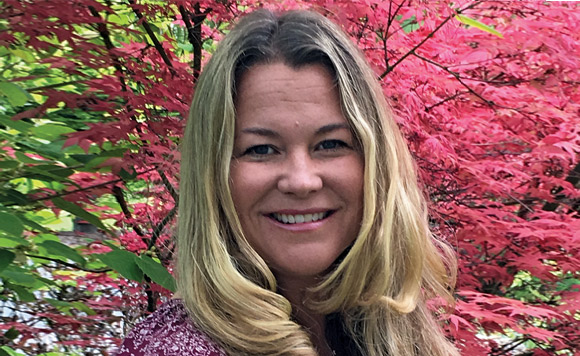by Alison Coley-Donohue, Meadow Oak Nursery –
It’s easy to get enticed by all the beautiful flowering plants of late spring and summer, as typically that’s when we spend the most time in our yards. We like to reward our senses with colourful flowers and pretty fragrance when we are enjoying the warm, outdoor living seasons. But there are many benefits of planting late winter and early spring flowering shrubs that shouldn’t be overlooked, with lovely fragrance being one of the best rewards.
The first group of hardy, evergreen flowering shrubs are irreplaceable for dimly lit and sometimes dry, difficult borders along covered walkways and front doors. All three choices – skimmia, sarcoccoa and osmanthus burkwoodii – are attractive, small, flowering evergreen shrubs with amazingly sweet fragrance from February to April. Coming home from work when the skies are grey and the daylight is waning, you can still enjoy these little gems in your garden as they greet you with their heavenly perfume.
The next group of treasures may have your neighbours knocking to see if you’ll share the name of these unusual collectors. Michelia are small, evergreen trees that are closely related to magnolia. I’ve got one growing against my house and if you open the windows in March, the most exquisite sweet citrusy scent comes deliciously wafting into the house. The flowers are porcelain white and pretty vase-shaped buds open to cheerful starry flowers.
Paperbush, otherwise known as edgeworthia, have people coming into the nursery every March to ask if we can identify the uniquely shaped bush with the divine fragrance that’s blooming in the gardens at the Sidney library. It’s a very interesting collector’s plant with large umbral flower heads that bloom on bare branches. Daphnes are renowned for their perfume and there are a couple of species that bloom in early spring. Daphne odora has been called a siren, as she tempts you with seductive perfume but challenges you with her specific needs. These fickle floras aren’t for the faint of heart, but treat them right and you won’t be disappointed.
Last but not least is the native flowering currant. Ribes, while not as strongly scented as some of the other plants talked about, cannot be overlooked because it is so important for the returning hummingbirds and the bees and pollinators that flock to it upon awakening from their winter slumber party. It is versatile, hardy and native so it requires little maintenance, but gives back in spades.
Having a garden with year-round floral interest is rewarding for not only you, but it keeps the pollinators and birds happy as well. Planting early blooming shrubs with sweet perfume gives you a little welcoming taste of what is to come while awaiting to have fun in the sun.




